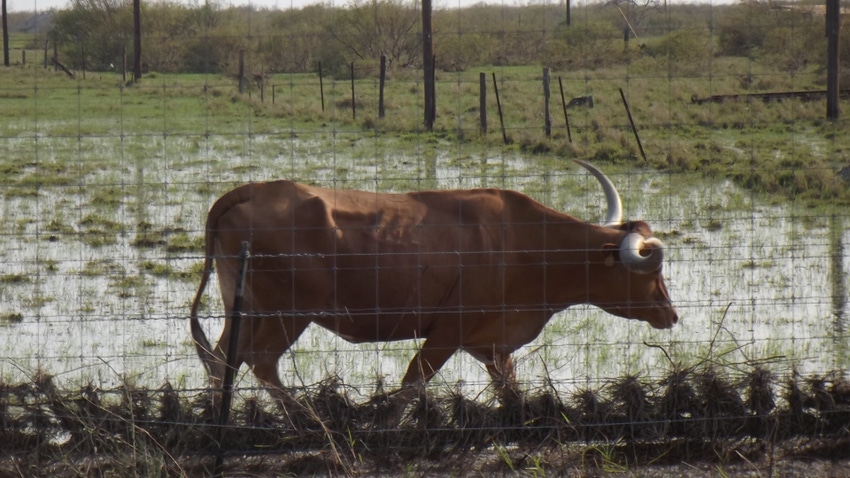
But in the vacuum left by the news vans, TV cameras and reporters vying for air time are human beings left wondering how they will ever put their lives back together. And more than a few in South Texas, where Hurricane Harvey dealt as bad a blow to the U.S. as any ill wind has ever delivered, are wondering—worrying—how they will keep their livestock from starving.

Most of the cameras are gone. The weather reporters standing in gale-force winds to demonstrate that it’s dangerous to stand in gale force winds have retreated to their warm, dry studios where they wait for the next shiny object to boil up out of the Atlantic Ocean and make its way toward land and vulnerable structures, trees, humans and, yes their animals. Three have shown up since the first big one hit Texas August 25.
But in the vacuum left by the news vans, TV cameras and reporters vying for air time are human beings left wondering how they will ever put their lives back together. And more than a few in South Texas, where Hurricane Harvey dealt as bad a blow to the U.S. as any ill wind has ever delivered, are wondering—worrying—how they will keep their livestock from starving.
I get reports daily from the Wildfire and Disaster Relief page
(https://www.facebook.com/groups/2017wildfirerelief/) about folks needing more hay to save cattle scattered by the hurricane and isolated for days without adequate nutrition. Now that the floods have receded, pastures are bare. Hay barns have been flooded and bales ruined. The site also includes offers of help—folks with hay to donate, if they can find someone to haul it to South Texas.
The response has been overwhelming, heartwarming. We’ve published reports and photo galleries of farmers, ranchers, National Guard units and just volunteers who showed up to help get hay to hungry cattle. My long-time friend Shelia Grissom, from over In Seminole, and my new friend, whom I’ve only met over the phone and through Facebook and email, Melanie Pennebaker, from Stigler, Oklahoma, remind me that folks still need hay and that other folks have hay to donate. They just need to get these two needs together.
Look at the Wildfire and Disaster Relief page link above. See if you can help facilitate moving a lot of hay to feed a lot of cattle.
And someone else reminds us that a lot of other animals, including pets, have been scattered, terrified and injured in this storm. If you can help people locate their beloved pets, do what you can. And folks who lost everything in the storm—roof, walls, floor, clothes, everything—have nothing left for the pets that survived, so donate to help out.
People are still displaced—will be for months, maybe longer in many cases. Don’t forget that Rural South Texas is a long way from recovery. Just because the cameras are gone doesn’t mean the disaster is.
About the Author(s)
You May Also Like





